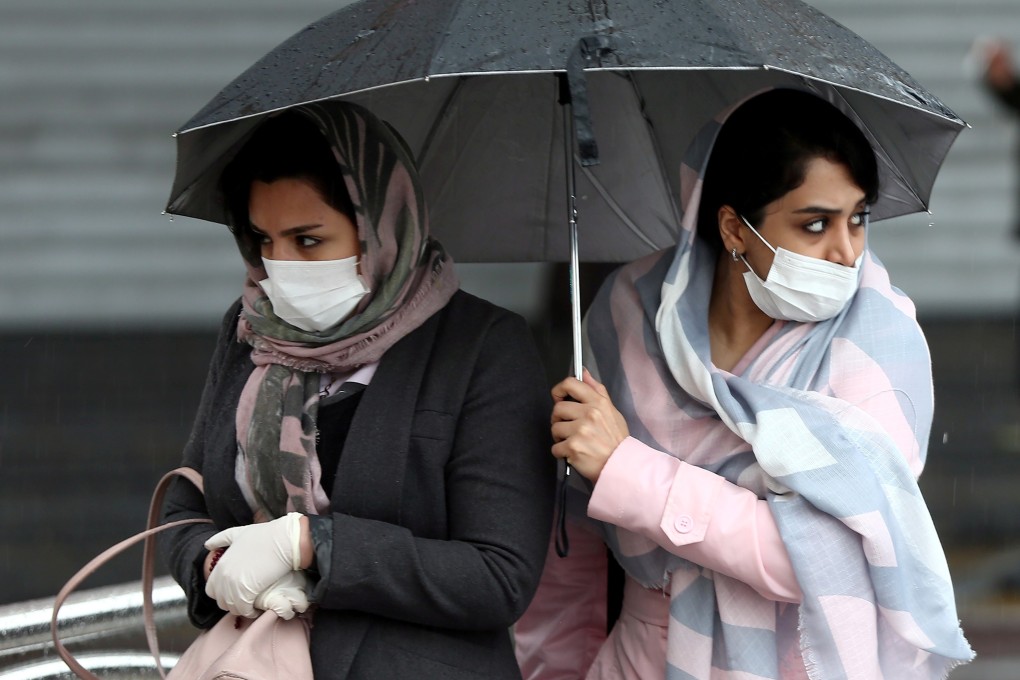Coronavirus: how big is the threat to Iran?
- Iran’s coronavirus outbreak has infected more than 3,500 people and claimed at least 107 lives
- Experts say pressure of US sanctions compounds challenge for the country to respond to the outbreak

Nearly three dozen lawmakers in Iran have Covid-19, the disease caused by the novel coronavirus, including a vice-president and the deputy health minister in charge of leading the fight against the country’s outbreak. With 23 parliamentarians – about 8 per cent of parliament – taken ill, the nation has more officials sick with the coronavirus than any other.
The country of 83 million people has become an epicentre of the global coronavirus epidemic in the Middle East, with more than 3,500 infected and at least 107 reported dead. Iran had the highest number of deaths outside China, until Italy passed it this week.
Ali Vaez, director of the Iran project at the International Crisis Group, said although the rates of infection among senior officials reduced the government’s ability to fight the virus, the outbreak could cause even greater economic than political harm.
“Iran is already under tremendous pressure as a result of US sanctions and the economy is already reeling as a result of mismanagement and corruption,” Vaez said. “The coronavirus has basically done what the Trump administration’s sanctions failed to do: effectively completely isolated Iran.”
Despite the number of cases skyrocketing in a matter of days, Iran’s leadership has kept its focus on achieving nuclear development goals in the face of international sanctions. The International Atomic Energy Agency reported on Tuesday that the country had tripled its stockpile of uranium, and for the first time since US President Donald Trump walked away from an international agreement on the country’s nuclear programme, Iran again has sufficient fuel for a nuclear bomb.